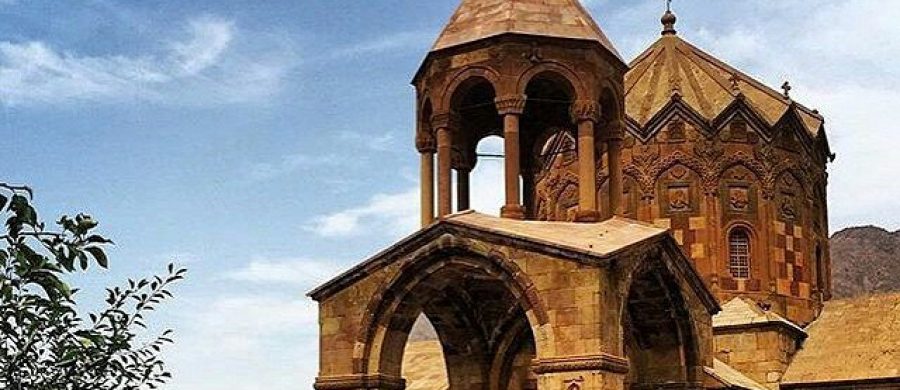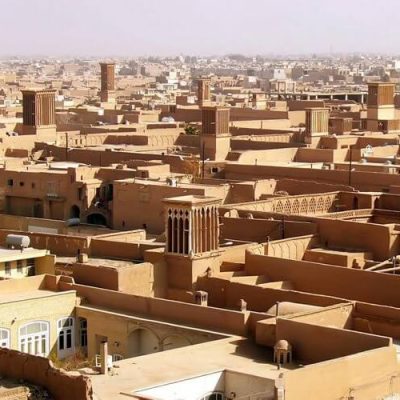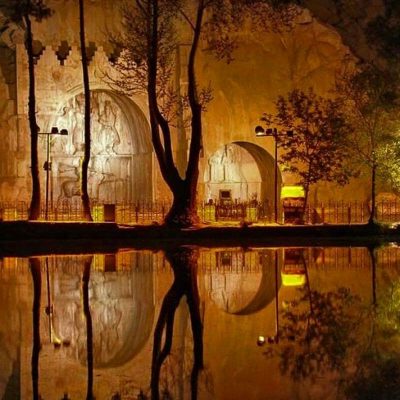The Armenian monasteries of Iran have borne continuous testimony, since the origins of Christianity and certainly since the 7th century, to Armenian culture in its relations and contact with the Persian and later the Iranian civilisations. They bear testimony to a very large and refined panorama of architectural and decorative content associated with Armenian culture, in interaction with other regional cultures: Byzantine, Orthodox, Assyrian, Persian and Muslim. The monasteries have survived some 2,000 years of destruction, both of human origin and as a result of natural disasters. They have been rebuilt several times in a spirit in keeping with Armenian cultural traditions. Today they are the only important vestiges of Armenian culture in this region. Saint-Thaddeus, the presumed location of the tomb of the apostle of Jesus Christ, St. Thaddeus, has always been a place of high spiritual value for Christians and other inhabitants in the region. It is still today a living place of pilgrimage for the Armenian Church.









Post Discussion